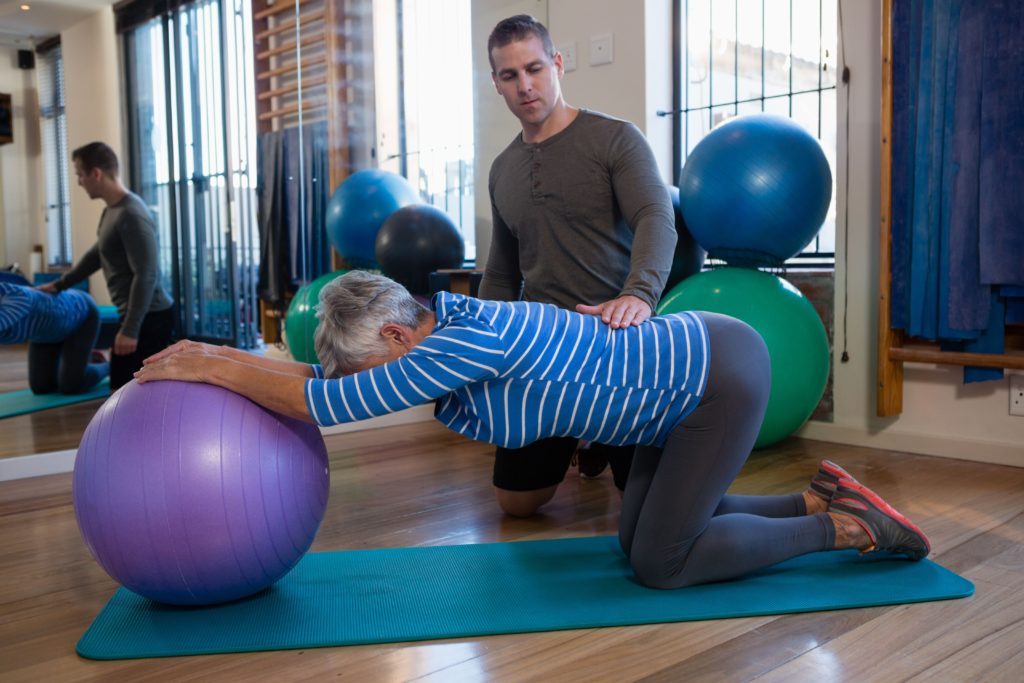The path to a degree as a physical therapy assistant is fairly straight forward and easy to achieve. Having a good understanding of what PTA programs are looking for, and knowing a few tricks-of-the-trade can help you nail success. Here are a few tips to help you make a great case to be a PTA and be well-prepared for your program.

How do I prepare for a degree as a physical therapy assistant?
- Request physical therapy assistant program information. There are hundreds of physical therapy assistant programs across the United States. Though many programs share some of the same requirements for admission each program will offer different learning options. Some programs are gears more for traditional students, where as others will involve more online course work. Requesting information from the PTA program you want to explore helps you to make a wise, informed decision about your education.
- Hands-on experiences is highly recommended. To truly understand what a physical therapy assistant does, it is really helpful to spend time with a PTA or physical therapist. One way this can be achieved is observing a PTA as they provide patient care. Often, you can contact a local physical therapy assistant to see if they will allow you observe them. Another way this can be achieved is to volunteer with a physical therapy department in a hospital, clinic, or school. Be sure to record all your hours as many PTA programs require observation hours for acceptance. A good number to aim for is about 250 hours of job shadowing in a variety of PT settings.
- Work as a physical therapy aide. Another way to gain valuable experience is to become a PT aide. Physical therapy clinics often utilize aides to help with checking patients in for therapy, escort patients to and from the therapy gym, and maintain the cleanliness of the clinic. Not only will you gain hours towards acceptance to PT school, but also earn on average $14.00/hour doing something you love.
- Interview a physical therapy assistant. Most PTA’s would be more than happy to spend a few minutes talk to you about what they do. This is a great way to open doors for future job shadow or PT aide opportunities and become connected with healthcare professionals.
- Maintain relationships with professors and physical therapists you shadow. Most PT schools require you to have 2-3 letters of recommendation from professors you’ve had and physical therapists you’ve shadowed. Frequently checking in with them helps them remember you and write a stronger letter of recommendation for you.
- Begin completing prerequisite courses. Coursework can vary from program to program but generally includes classes like: anatomy, exercise physiology, kinesiology, psychology, math, and medical terminology. Typically, PTA schools like to see that you’ve taken these courses in the last 5 years and gotten a “C” grade or better.
What are my physical therapy assistant degree options?
- Physical Therapy Assistant Associate Degree: This is by far the most common degree to become a PTA. Most accredited programs require complete prerequisite classes before being accepted. These classes often include: anatomy with labs, technical writing, math, human development, and medical terminology. Typically, prerequisites can be completed in as little as one semester. Earning your PTA degree often takes 2 years from start to finish, and involves in-person labs and lectures, online classes and assignments, and 2 internships. During your internship you practice PT under the direction of a supervising PT.
- PTA to DPT bridging programs: Through years of hands-on experience many physical therapy assistants develop the skills to work as physical therapists. In order to advance your PTA career further there are several PTA to DPT bridging programs available. Many of these programs can be completed online with some in-person lecture and lab coursework. This is a great option if you are hoping to enter the workforce soon, but see yourself going further.
Wherever you choose to go, be sure it is accredited by the Commission on Accreditation in Physical Therapy Education (CAPTE).
After completing my PTA degree, what’s next?
The final step to becoming a physical therapy assistant is passing the National Physical Therapy Exam for PTA’s. Typically, the NPTE occurs 4 times a year and is part of licensure. Most states require licensure as a physical therapy assistant. Contact the Department of Professional Licensing in your state to determine the requirements. Finally, you are ready to join the ranks of physical therapy assistants across the country!
Where will a PTA degree take me?
A degree as a PTA will provide you with a truly meaningful career that offers more than a steady paycheck. Though most PTA’s make over $58,000 a year, the real reward is seeing your patients overcome physical disabilities and injuries to live productive, happy lives. You’ll play an important role in their recovery and success. You’ll also find many career avenues to fine tune your skills and allow you to do what you do best. Expect to be in high demand. The job growth outlook is a 33% increase in PTA jobs over the next 10 years.